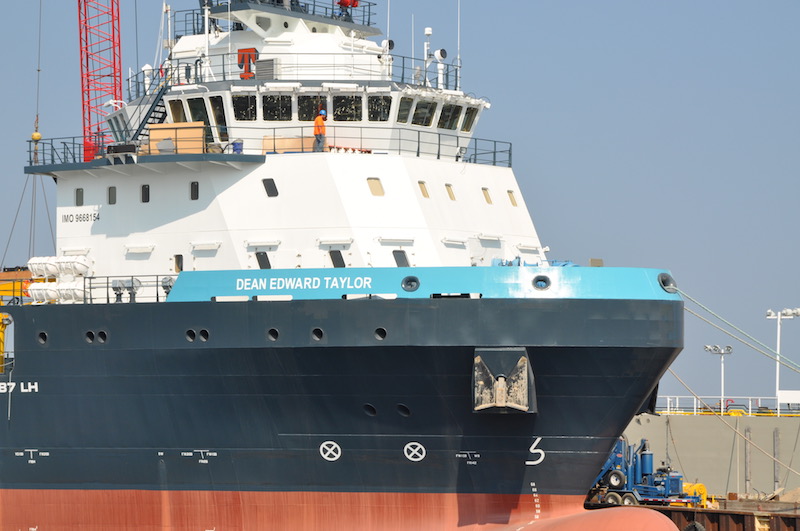If the Trump administration is able to open the Arctic and other offshore waters for exploration and production, reign in the Environmental Protection Agency, refuse to ratify the Paris climate accord, end federal carbon taxes and block some 1 million bbls. per day of Saudi oil imports, it could have a positive effect on the U.S. offshore energy market.
If these initiatives work, is the workboat industry prepared for a rebound after a prolonged downturn that has seen scores of OSVs coldstacked and the exodus of thousands of skilled workers? A large part of the answer lies in a Dec. 8 presentation at the Capital One Securities 11th Annual Energy Conference in New Orleans by Joseph M. Bennett of Tidewater.
In his presentation, Bennett, Tidewater's executive vice president and chief investor relations officer, spelled out the preparations made, and the mindset employed, by the New Orleans-based offshore service vessel operator to be able to quickly respond to an uptick in the market. The preparations made by Tidewater appear to be common sense but that doesn’t make them easy.
First, as it should be, is maintaining Tidewater's focus and commitment to safety. So far, Tidewater’s TRIR (total recordable injury rate) in fiscal 2017 is better than their last five years’ average rate, with no LTIs (lost time injuries) in the last 21 months.
Second is the company's fairly new fleet (150 active vessels at the end of September with an average age of 7.7 years) with vessels to service all water depths. The company also said its "new vessel" count is 249. Tidewater defines new vessels as vessels built or acquired since 2000.
Third is geographic diversity, with vessel operations spread around the globe.
Fourth is a commitment to “stay close” to its customers, a solid base of international and national oil companies.
Fifth is prompt, proactive cost cutting initiatives (“control what we can control,” Tidewater said) from the June 2014 quarter to the September 2016 quarter have reduced headcount by approximately 3,000, reduced vessel operating expenses by approximately 60%, and reduced G&A (general and administrative) costs by about 36%.
Sixth is the reduction of capital expenditures. Tidewater has reduced its vessel construction commitments by 10 vessels over the past 18 months. The remaining net capital expenditures as of Sept. 30, 2016, with no options exercised, is approximately $34 million over the next three quarters.
Seventh is the maintenance of liquidity to deal with industry uncertainties through continued discussions with banks. Tidewater suspended its dividend and stock buyback programs in January 2016.
Through these seven factors, Tidewater has managed to keep reasonable vessel operating margins (vessel revenue less vessel operating expense) during the downturn, with average day rates for the Americas region (which includes the U.S. Gulf) ranging from $21,000 to $24,000 during the period. Day rate ranges for the Asia/Pacific, Middle East and Africa/Europe all ranged lower than the Americas.
This is not rocket science, and Tidewater is certainly not the only one employing these strategies, but the company does appear like it is providing a solid base in order to respond to an improving market.





